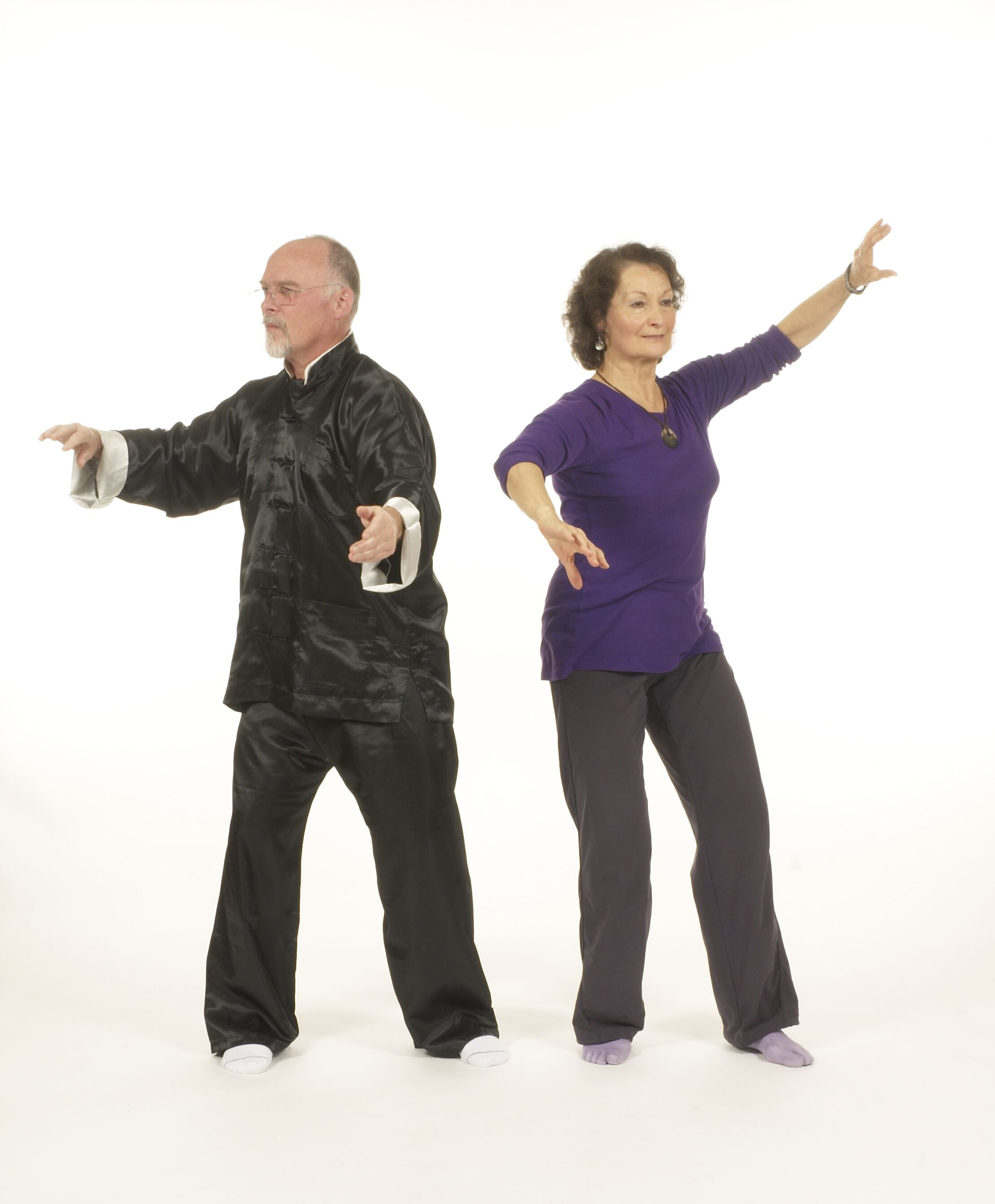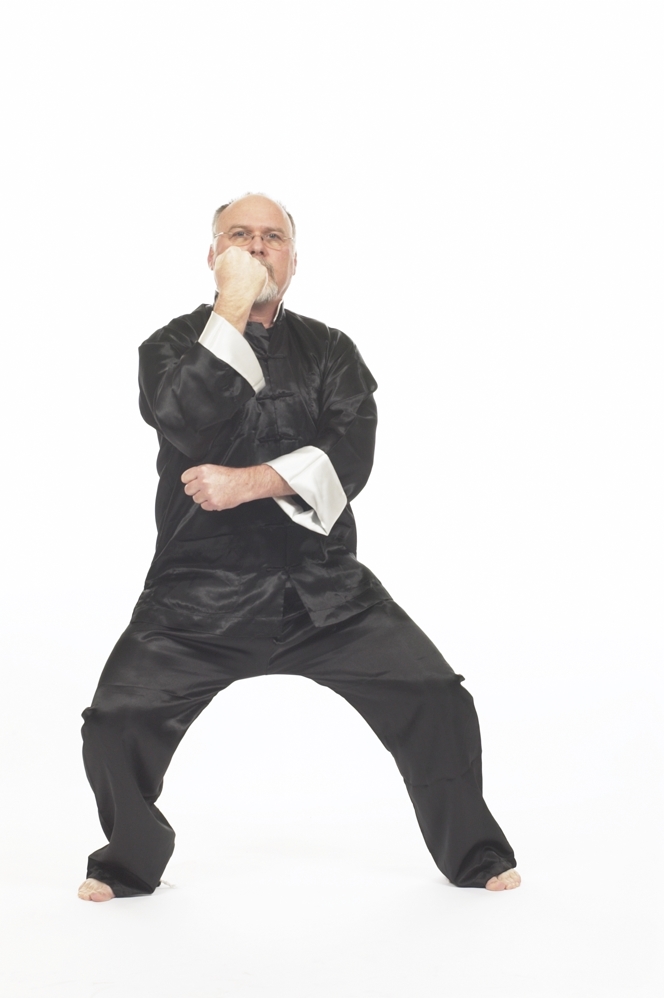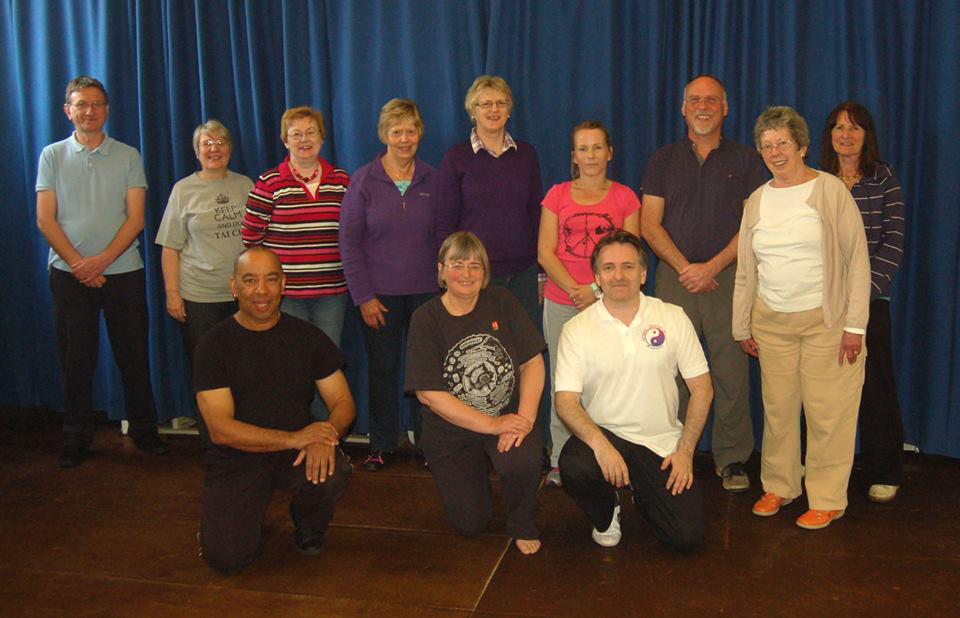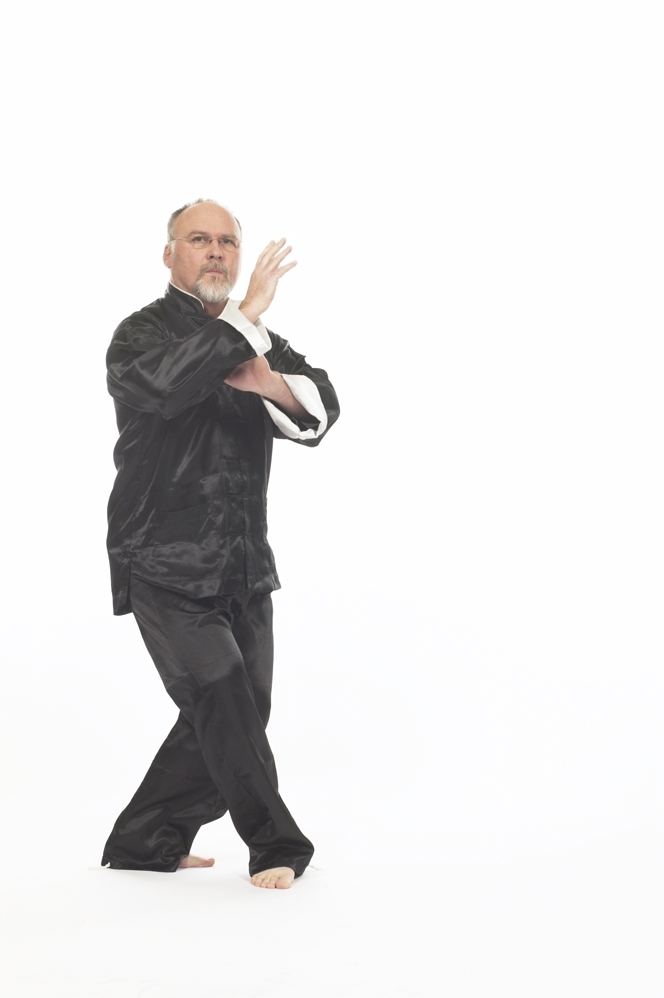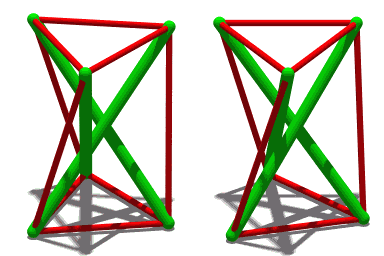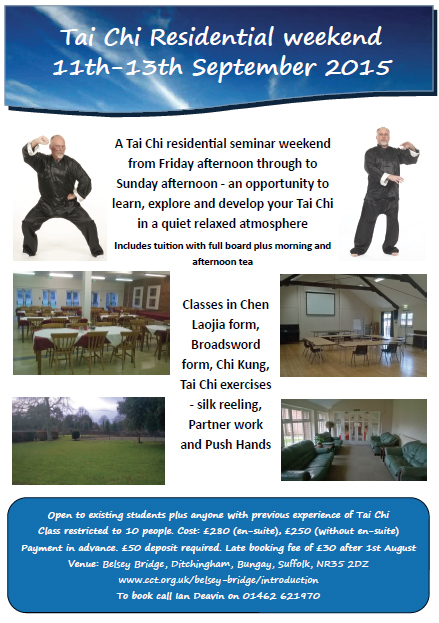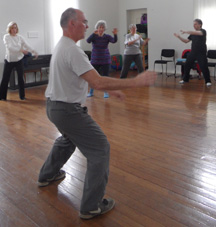 A question that I am often asked is: “What will your Tai Chi class be like?” – this is a very important question if you are thinking about joining a Tai Chi class for the first time, because the group may be a little different to your expectations. Let me set your mind at rest, though, and give you some ideas to help make your Tai Chi a really enjoyable experience.
A question that I am often asked is: “What will your Tai Chi class be like?” – this is a very important question if you are thinking about joining a Tai Chi class for the first time, because the group may be a little different to your expectations. Let me set your mind at rest, though, and give you some ideas to help make your Tai Chi a really enjoyable experience.
A Tai Chi class is often based around an established group of friendly, like-minded people. You will be welcomed into this group, and introduced to a mix of activities such as visualisation, meditation, body mechanics and hands on physical correction/manipulation, in repetitive exercises and partner work. Classes are suited to people of all ages and are conducted in a quiet environment – rather than with music – so as to enable students to find their own natural rhythm as well as a deeper awareness of their body in movement.
Repetition of the exercises helps students to learn the skill of Tai Chi in understanding the physical movement. You will find that in large measure the process is one of sharing, and of the “teacher” suggesting opportunities for the students to learn for themselves. The financial exchange is necessary to facilitate the process but not important to the Tai Chi itself.
All this means that entering the group dynamic may be a bit different to what you are used to. However, the basic ideas are relatively simple and whatever kind of group you join, you will be shown simple exercises and movements, and then allowed time to practise without the teacher. This can feel quite daunting, but fellow students are encouraged to help and to share learning. I feel that it is very important to have time within the class to practice without the teacher, as this sets the pattern for practising at home. Rest assured, though, I will return to offer encouragement, corrections, and suggestions for improvement.
There are a number of ways in which I structure groups. An all beginners class of fixed duration, e.g. 10 weeks, is the simplest – the teacher leads the class – students follow and seek to model their movements on the teacher. Students pay the teacher who shares his/her understanding. The students are expected to attend each class and practice between classes, so that the class as a whole may move on and everybody can learn. A bit like a convoy, the class has to move at the speed of the slowest student but the slowest needs to make a good effort to keep up.
Which rapidly brings us to mixed classes since there will quite quickly arise keener students who attend every class and practice between classes – and others who do not.
In a mixed ability group, especially a drop in class with new people arriving and leaving on a frequent basis, I try to spend appropriate time with everybody as far as possible, you may also be taught by a senior student. As you progress you will be expected to take responsibility for your own practice in and out of the class as you learn how to learn in this new way – and most importantly enjoy learning how to look after yourself.
Some useful notes:
– Copy the instructor carefully
– Do not over exert – adapt the exercises to suit your capability.
– If the instructor says he/she is going to demonstrate then move to a position where you can see what you need to.
– Individual positions in the class may be quite informal – make sure that you can see the instructor and have room to move adequately – take care that you do not block the view of others or their practice space. You may need to adjust your position during the course of the class.
– There are three types of communication in a Tai Chi class:
– Verbal
– Demonstration – visual
– Physical correction
They are all important – perhaps the most important is physical correction – if you are not comfortable with this then discuss with the teacher but ultimately this will limit your ability to learn and the teacher’s ability to teach.
– Equally you will benefit from knowing which is your left hand and which is your right – if you do not then be sure to copy the teacher attentively.
– When the teacher is demonstrating pay close attention.
– Take responsibility for your own behaviour.
